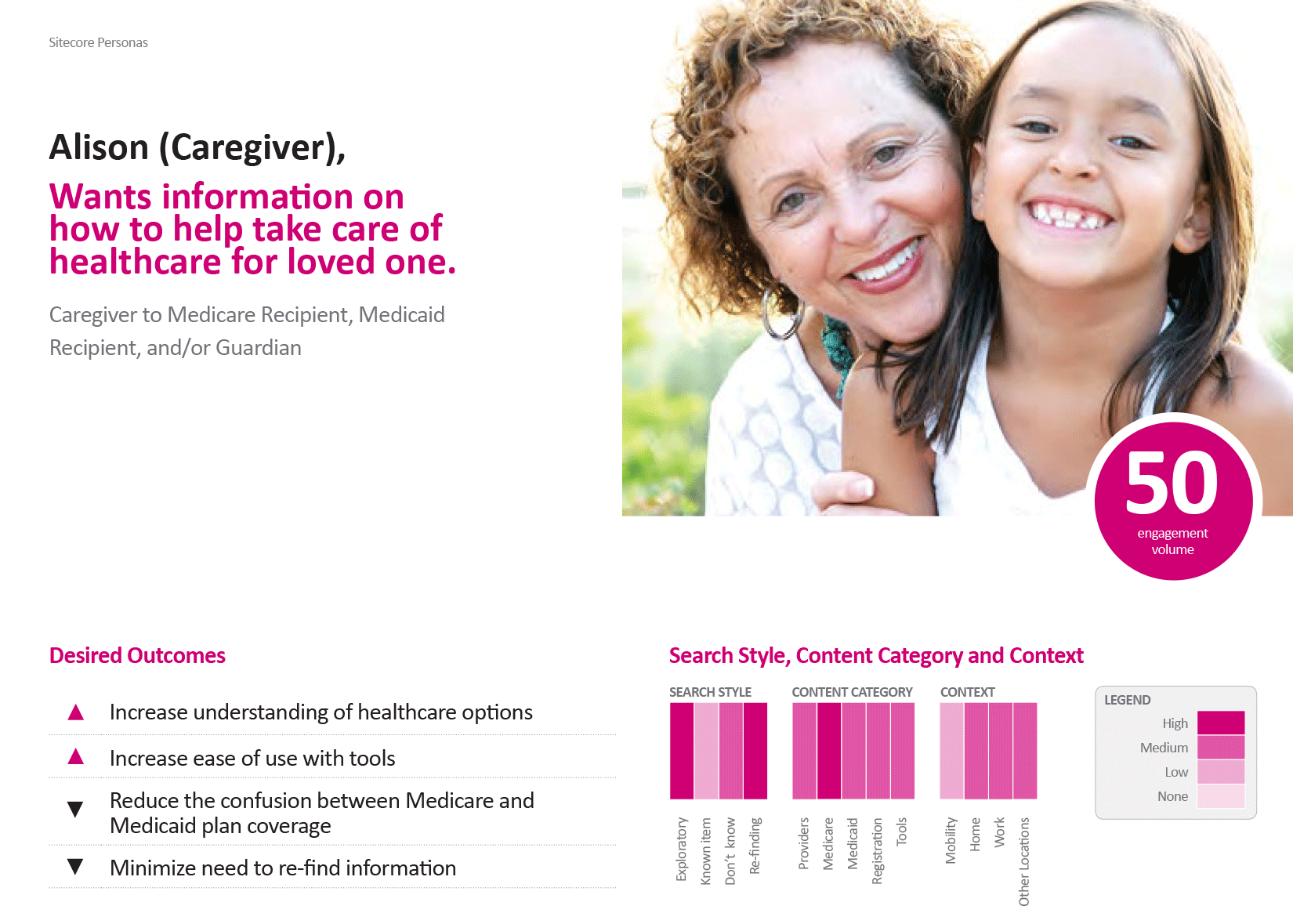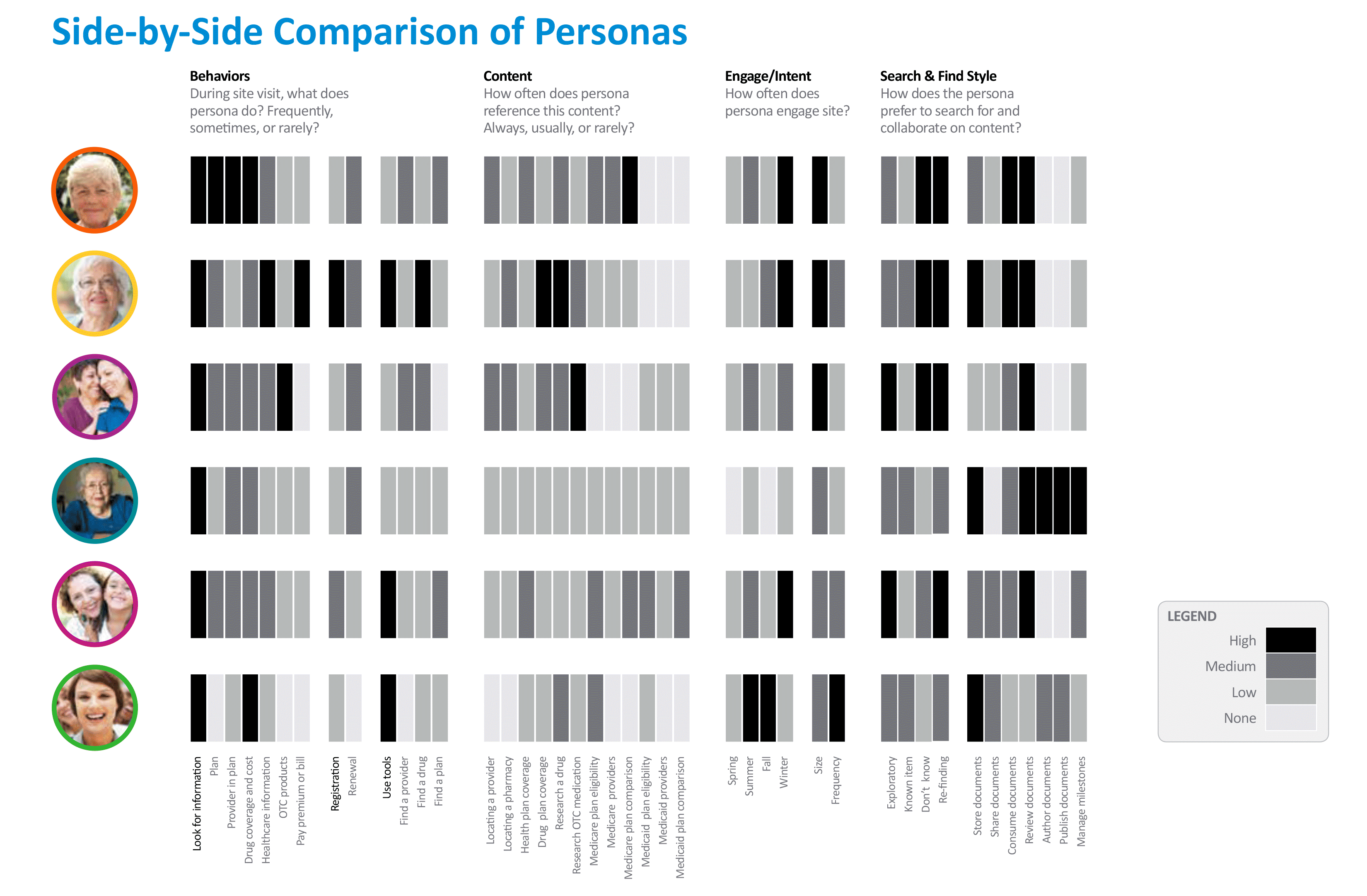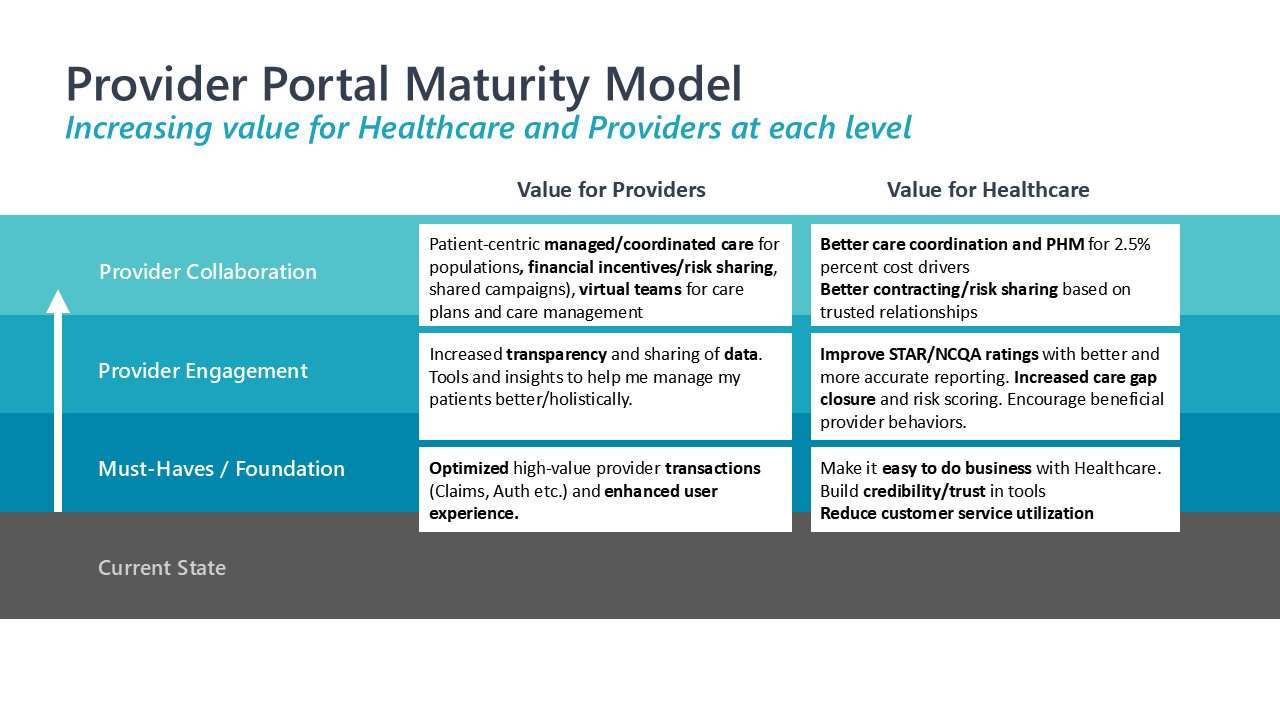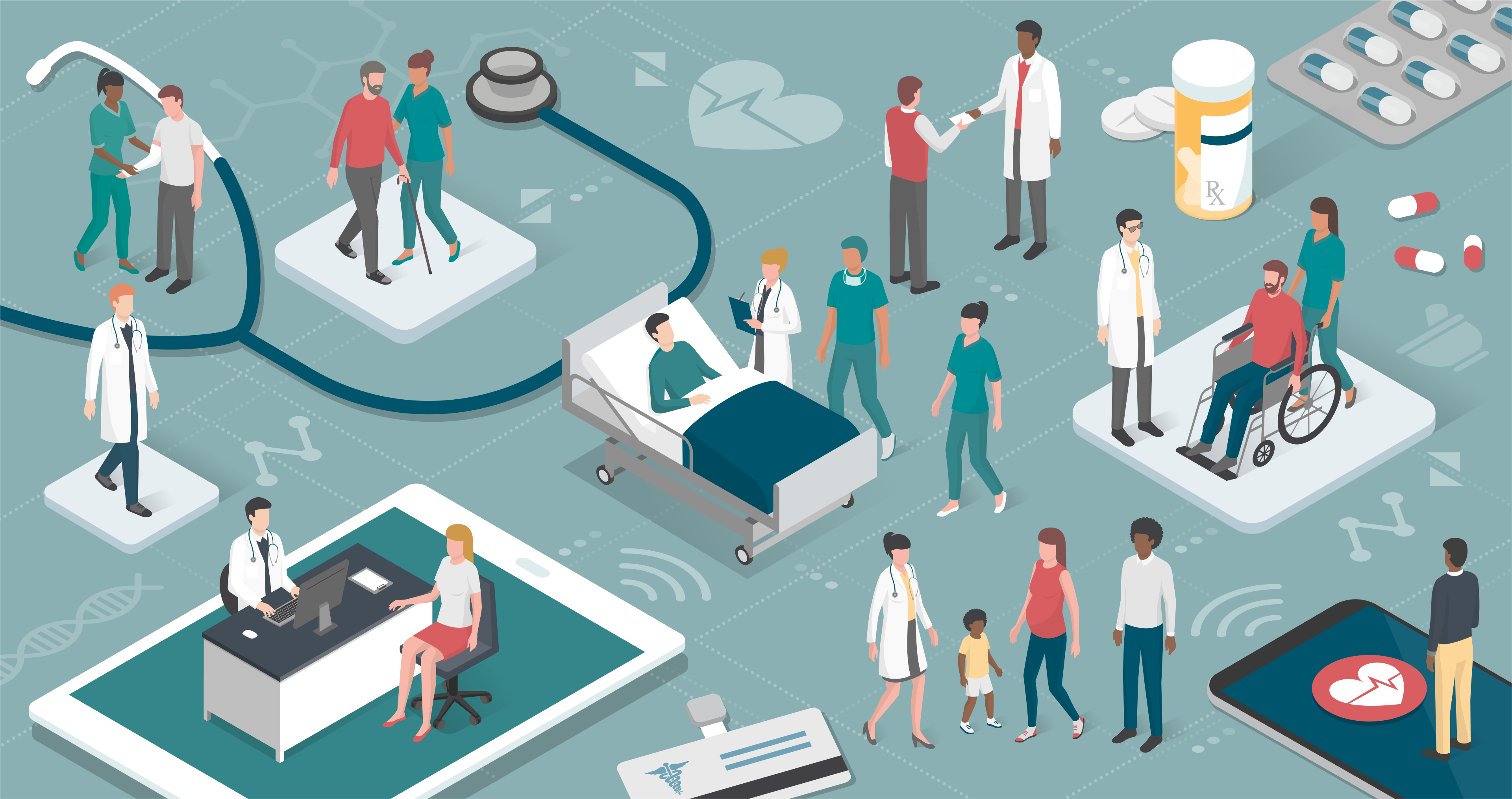
CHANNELS: RESPONSIVE WEB
ROLE: UX LEAD | UX RESEARCHER | CONTENT STRATEGY
A Broken Digital Experience
Millions of people rely on managed healthcare to improve their quality of life, yet the digital experience meant to support them is confusing, fragmented, and inaccessible. Patients struggle to navigate complex medical and legal jargon, compare plans, and find providers; while healthcare providers face cumbersome administrative processes that make delivering care harder.
As a UX leader of a mixed discipline design team, I saw this as more than a design challenge—it was an opportunity to reshape the healthcare experience into something intuitive, empowering, and human-centered.
A System That Works Against Its Users
Through patient volume and analytics research, we discovered two key barriers hindering user engagement with the platform. First, patients struggled to navigate their healthcare options due to dense, regulation-heavy content, which emphasized the need for clear, plain-language information. Furthermore, state-specific regulations complicated access to localized, personalized guidance, leaving patients uncertain about their eligibility and next steps.
On the provider side, doctors and administrators needed better tools to track patient progress and streamline authorizations. Without addressing these gaps, the company risked losing patient engagement, slowing provider adoption, and missing regulatory targets risking financial implications. This level of financial risk, afforded my team the opportunity to deliver a large scale discovery process.
Human-Centered Discovery AT HUMAN Scale
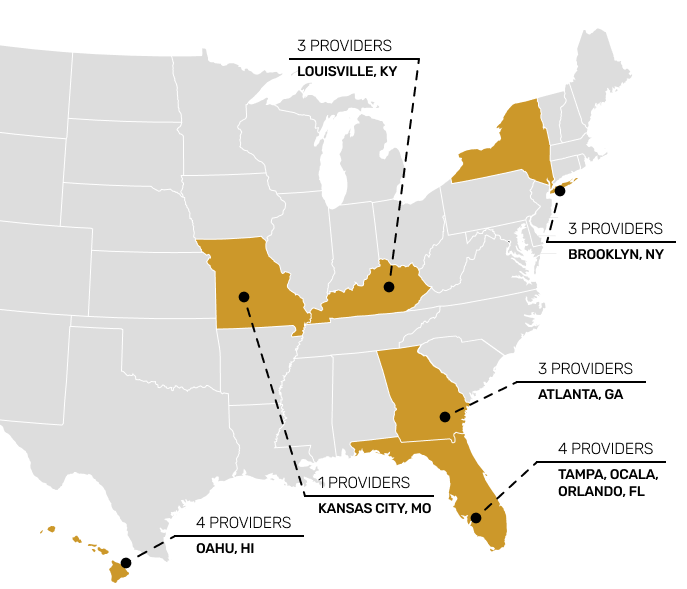
healthcare providers across seven different types
surveys + questionnaires completed by 100+ staff
hours of video/audio uncovered 90+ data/ pain points
During discovery, we shifted the business stakeholder approach by focusing on real user needs, conducting a gap analysis of patient personas and engaging with healthcare providers across multiple states. Our design decisions were driven by data-backed insights funneling into:
Simplified patient portal structure
Simplified patient decision-making by introducing narrative-based content flows and interactive plan comparisons—resulting in a 30% increase in plan selection rates and more confident choices, aligning with industry research that better digital experiences improve healthcare outcomes.
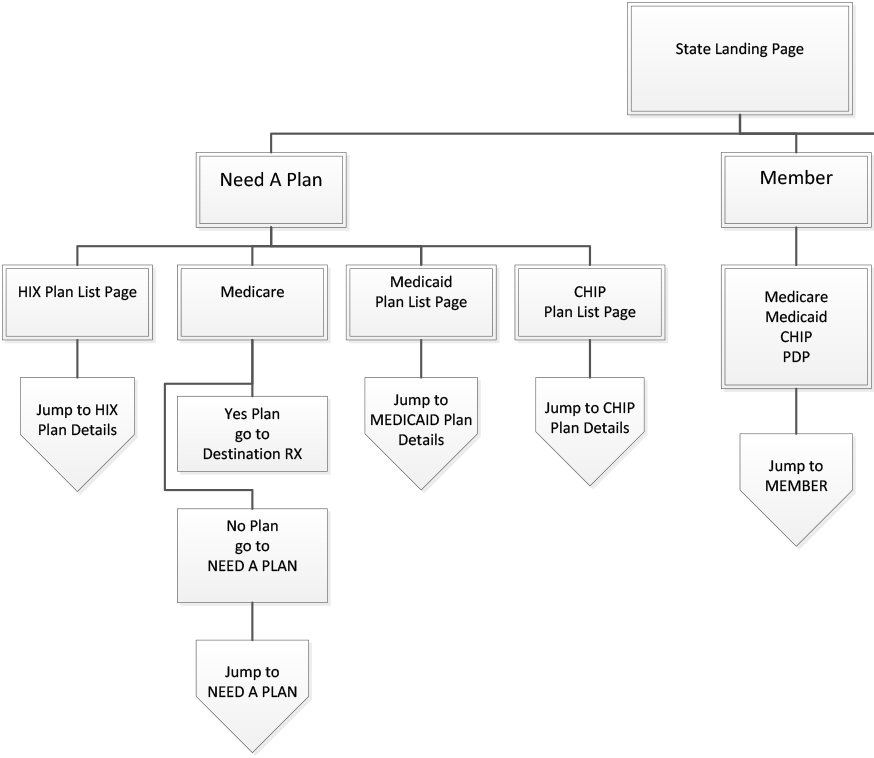
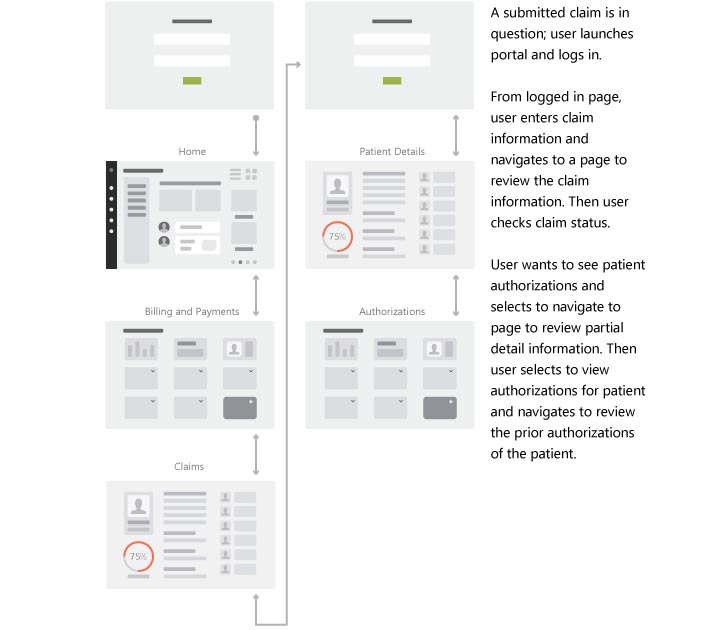
Restructured provider tools for efficiency
Improved provider efficiency by restructuring care tracking and authorization workflows—reducing administrative burden and cutting processing times by 25%, reflecting evidence that streamlined digital systems enhance provider productivity.
A Redesigned Digital Ecosystem THAT CARES
Through an evidence-based and design-led digital transformation, the healthcare company created an intuitive, scalable platform that connected patients, providers, and payers—streamlining care coordination and decision-making. As a result, provider portal adoption surged, enhancing collaboration and reducing administrative burden. Additionally, improved self-service options empowered patients to take charge of their care, leading to higher retention rates. Meanwhile, personalization and optimized workflows ensured consistent compliance, minimizing regulatory risks and reinforcing how human-centered design drives both operational efficiency and better health outcomes.

Looking Ahead: AI as the Next Evolution
With a strong digital foundation in place, the next opportunity lies in leveraging AI to enhance user interactions:
Predictive analytics to anticipate patient care needs and suggest proactive interventions.
Natural language processing (NLP) to simplify complex healthcare terms and improve patient understanding.
AI-driven provider matching for better patient-provider connections, ensuring higher satisfaction rates.
Design as a Business Driver
By keeping human needs at the core, we transformed a fragmented healthcare journey into an intuitive, patient-first digital experience. Our work didn’t just improve usability—it drove measurable business impact, boosting engagement, reducing operational inefficiencies, and ensuring regulatory compliance.
With value realized for both patients and providers, this project’s success proves that when design leads, business thrives—and in healthcare, that means better care, stronger provider relationships, and empowered patients.
Projects and Case Studies

Smart UX, powered utilities
Educating marketers to better communicate energy efficiency to customers.

Tuned for better UX
Changing the way headphone devices were configured for engineers.

UX fuels forecasting
Integrating iterative design into strategic drilling portfolio planning to maximize impact.


